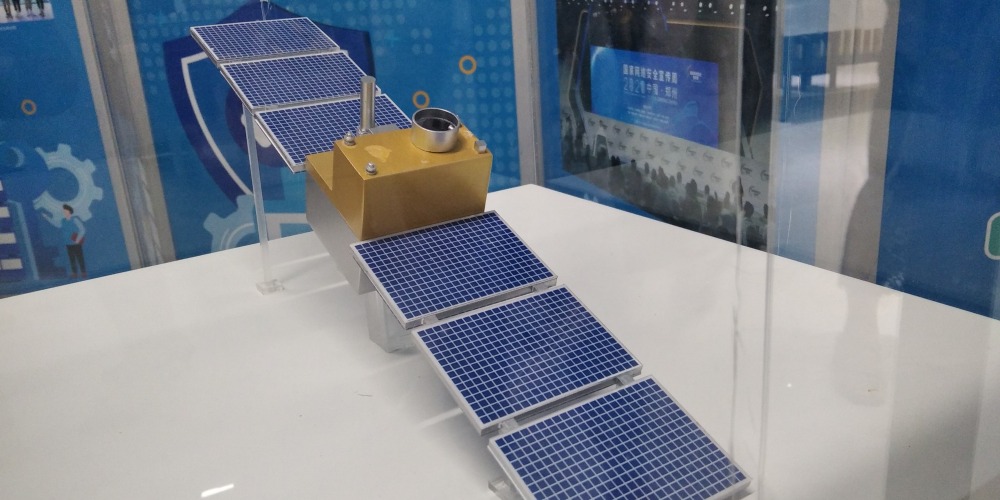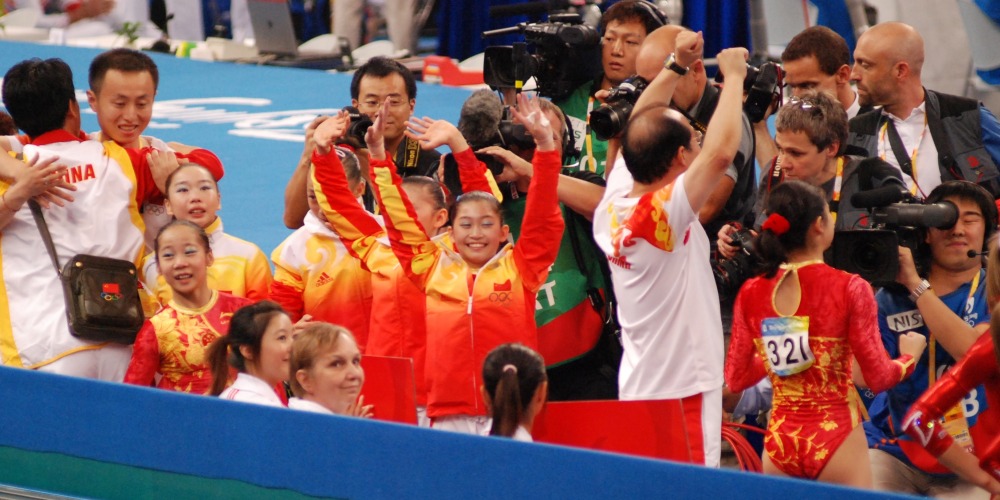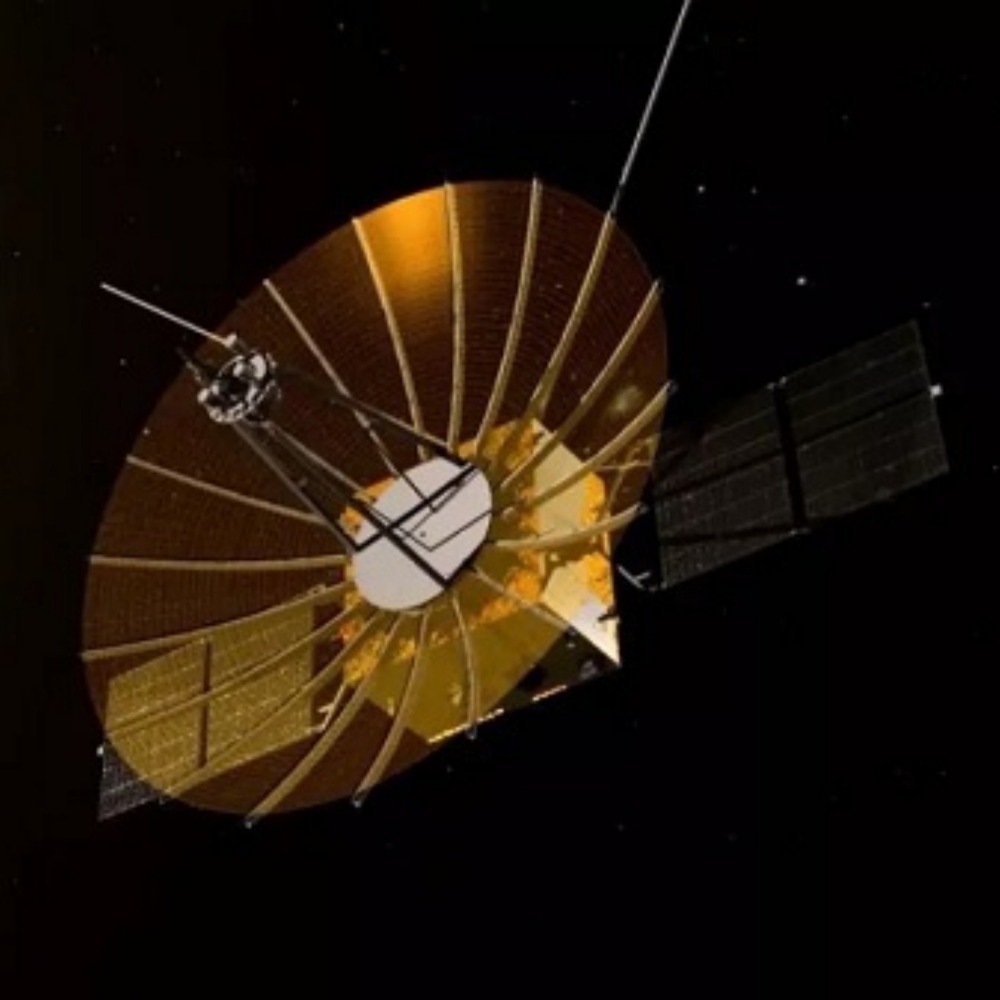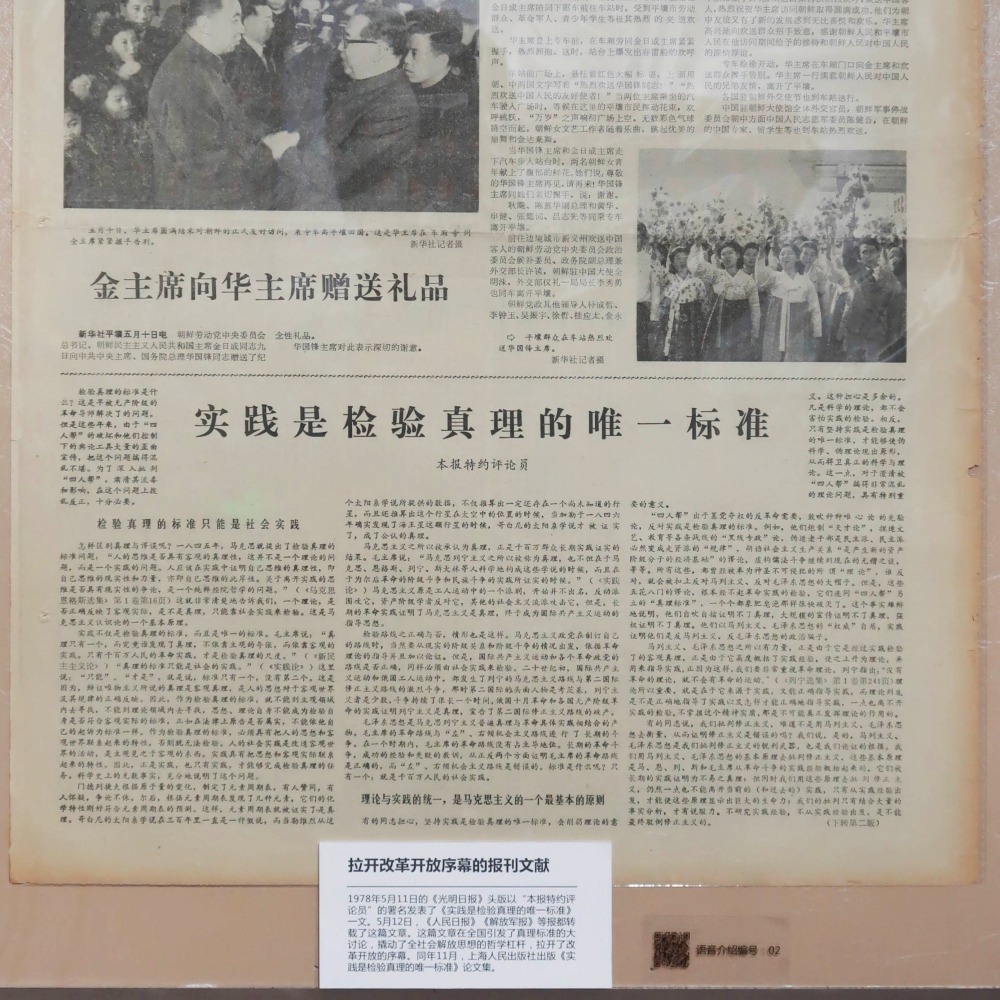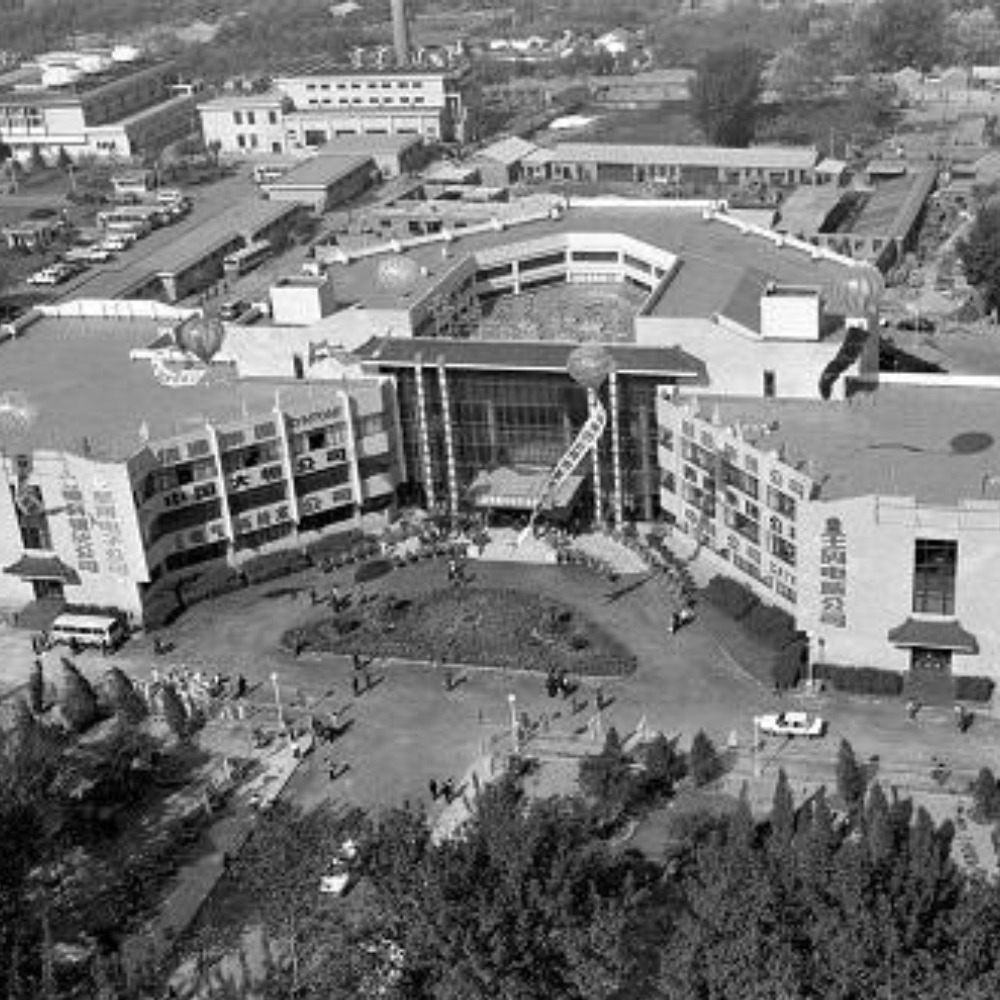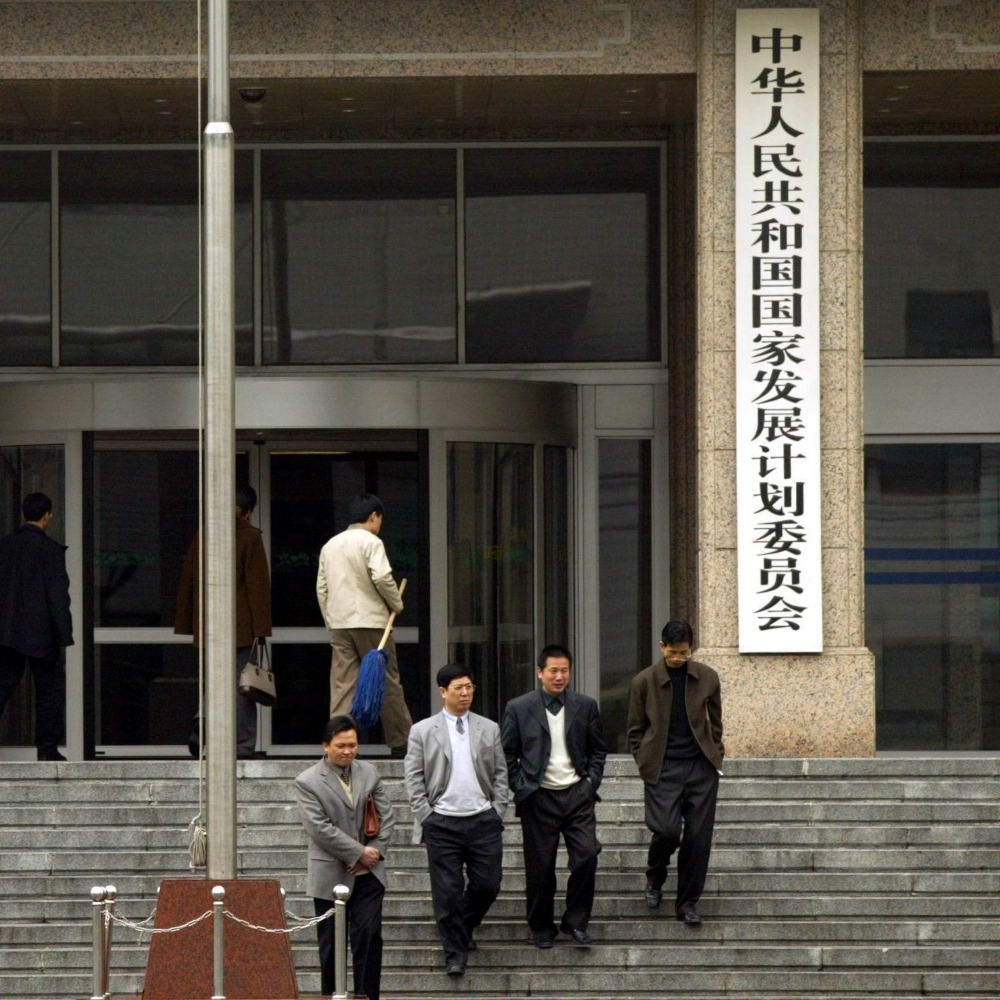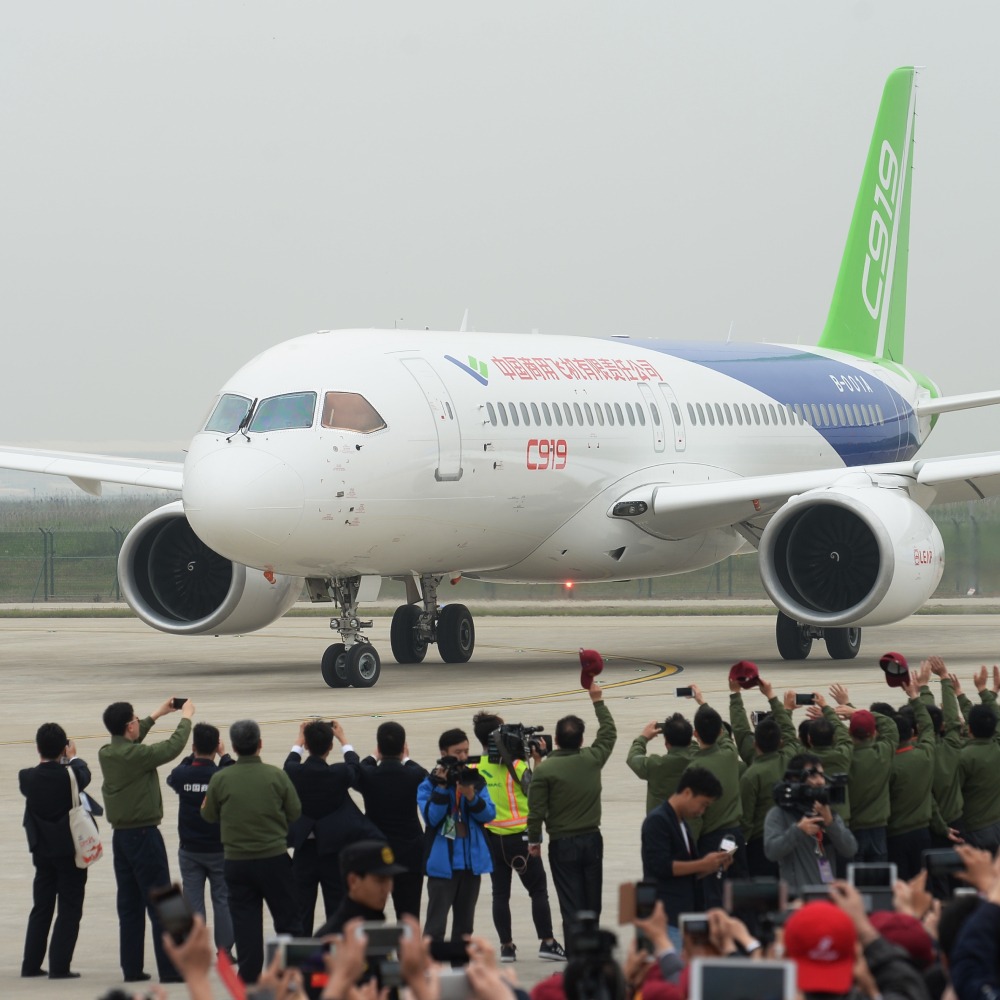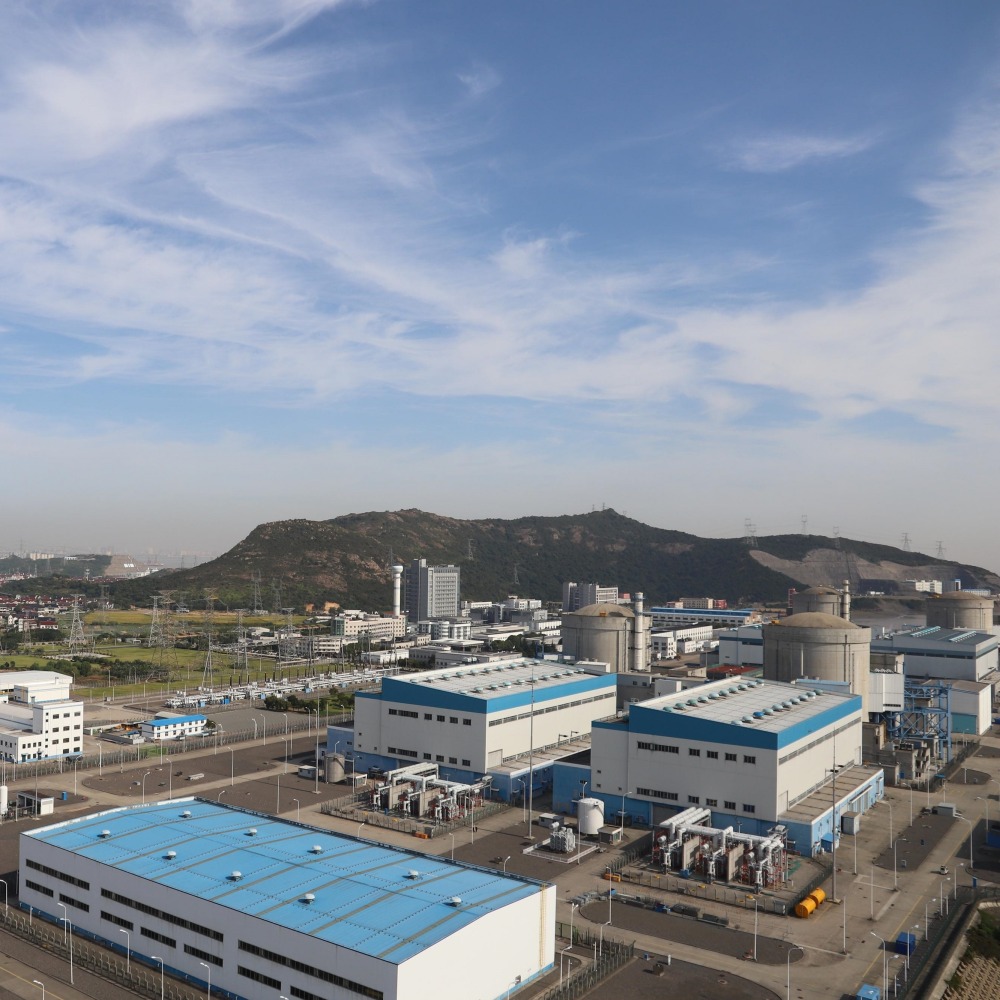Published : 2024-08-14
On August 14, 1992, China's Long March-2E strapped carrier rocket was launched into space, sending Australia's communication satellite "Optus B1" into orbit, which marked China's successful entry into the international satellite launch market.
That year was designated as the "International Space Year" by the United Nations General Assembly. China planned to undertake the launch of 3 foreign satellites, with Optus B1 leading the way.
Originally, the Optus B1 was scheduled to launch on March 22, and China Central Television (CCTV) planned a live broadcast for the process.
However, in front of over 400 million viewers, an abnormality occurred in the rocket engine immediately after ignition, causing an automatic emergency shutdown. The thrust was inadequate, resulting in a failed launch.
Interestingly, at the time there was no precedent for how this incident should be interpreted in contract terms.
If defined by the "ignition", then the launch was already completed. In reality, however, the satellite did not ascend into orbit and the launch should be declared a failure, with the insurance company assuming full liability.
Although it was a failure, the satellite and launch site remained undamaged, with the rocket still standing on the launch pad.
After repeated negotiations between both parties and with the consent of the insurance company, the incident was classified as "launch interruption". It was not recorded as a failure internationally, and after repair, the rocket continued its mission.
On June 30 of the same year, a brand new Long March rocket stood on the launch pad again.
On the morning of August 14, at 7am, the rocket was re-ignited. About 25 minutes later, data from the Xi'an Satellite Tracking and Control Centre confirmed that the rocket had successfully placed the satellite into the predetermined orbit.
This launch was not only the most accurate ever performed by the satellite manufacturer but also broke the record for orbital precision that China had previously set.


